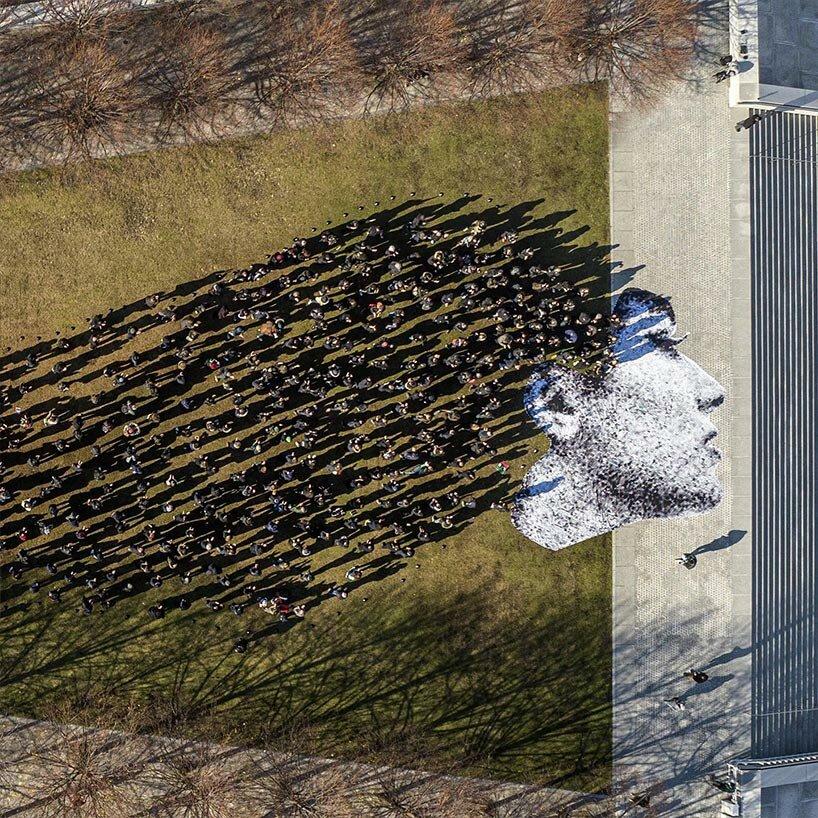In the intricate world of geopolitics, Iran’s Shia masterplan looms large, presenting a formidable and unified force that rivals and challenges Western leadership. This strategic blueprint, crafted with ruthless precision, showcases a level of cohesion and determination that puts those in the West to shame. As we delve into the depths of Iran’s Shia masterplan, we uncover a complex web of alliances, strategies, and ambition that propels the nation towards its ultimate goal of regional dominance.
The Rise of Irans Shia Masterplan
Iran’s Shia Masterplan is a strategic and calculated effort by the Iranian government to establish itself as a dominant force in the Middle East and beyond. The rise of Iran’s Shia influence is a testament to the country’s ability to unify its resources and allies towards a common goal. Western leadership, on the other hand, appears divided and lacking in cohesion, allowing Iran to exploit these weaknesses to further its own agenda.
Through a combination of military interventions, proxy wars, and political alliances, Iran has been able to project power and influence across the region. This ruthless approach has enabled Iran to assert itself as a key player in conflicts such as the Syrian Civil War and the ongoing tensions with Saudi Arabia. The Shia masterplan represents a new era of assertiveness and ambition for Iran, one that puts Western leadership to shame.
Strategies for Western Leaders to Counteract Iranian Influence
Iran’s Shia Masterplan has proven to be a ruthless and unified force that poses a significant threat to Western leadership. In order to counteract Iranian influence, Western leaders must strategize and collaborate effectively. Here are some key tactics that can be employed:
- Building Strong Alliances: Western leaders should focus on forming strong alliances with countries in the region that share the same concerns about Iranian influence. By working together, they can present a united front against Iran’s expansionist goals.
- Investing in Counterintelligence: It is essential for Western leaders to invest in counterintelligence efforts to uncover and disrupt Iranian activities. By staying ahead of Iran’s covert operations, Western countries can prevent the spread of Iranian influence in the region.
Analyzing the United Front of Irans Shia Forces
Iran’s United Front of Shia forces is a strategic alliance that has been meticulously crafted over decades to consolidate power and influence in the region. By bringing together various Shia militias, political parties, and paramilitary groups under a centralized leadership, Iran has created a formidable force that operates with ruthless efficiency.
This unified front poses a significant challenge to Western leadership, which often struggles to maintain cohesion and cooperation among its allies. The Shia forces of Iran are highly disciplined, well-equipped, and ideologically driven, making them a force to be reckoned with on the battlefield. Their masterplan involves not only military operations but also political maneuvering and influence campaigns to further their goals in the region.
Recommendations for Diplomatic Engagement with Iran
When it comes to engaging diplomatically with Iran, Western leaders must tread carefully. Iran’s Shia Masterplan is a formidable force that has consistently outmaneuvered Western powers, leaving their leadership looking feeble in comparison. To effectively engage with Iran, it is crucial to understand their tactics and strategies. Here are some :
- Build Trust: Establishing trust is key to successful diplomacy. Western leaders must show respect for Iran’s culture and history to build a foundation of trust.
- Engage in Dialogue: Open and honest dialogue is essential for resolving conflicts and building relationships. Western leaders should be willing to listen to Iran’s concerns and perspectives.
- Seek Common Ground: Identifying areas of mutual interest can help bridge the gap between Western powers and Iran. Finding common ground can lead to productive negotiations and agreements.
By following these recommendations, Western leaders can hope to navigate the complex web of Iran’s Shia Masterplan and engage in diplomatic dialogue that is both respectful and productive.
Concluding Remarks
Iran’s Shia masterplan poses a formidable challenge to Western leadership, highlighting the importance of unity, strategy, and determination in achieving objectives. As we navigate the complexities of global geopolitics, it is vital to recognize and understand the tactics employed by different forces, in order to effectively address and counter potential threats. By staying informed and proactive, we can better navigate these intricate webs of power and influence, ensuring a more stable and secure world for all.


